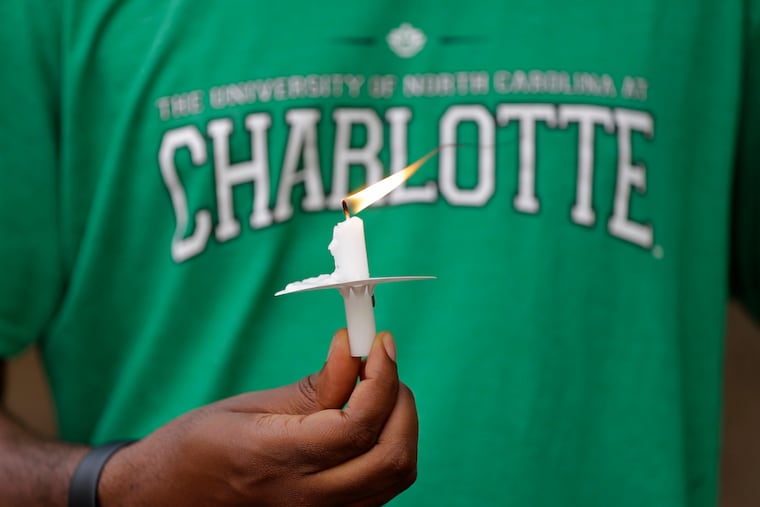Many campus shootings have similarities. Studying them might prevent more tragedy, researchers say.
Universities need to develop evidence-based prevention strategies to reach out to vulnerable students, researchers found.

Over the past half-century, more than 70 percent of campus shootings happened near the end of the school year.
Tuesday’s shooting at the University of North Carolina at Charlotte, in which two students lost their lives, was no exception as it took place on the last day of classes.
While the UNC Charlotte incident doesn’t fit the FBI’s definition of a mass killing, which involves three or more deaths, it follows the same tragic pattern as decades of campus shootings, researchers found.
“If authorities better understood these patterns, they may be able to prevent future shootings,” Jillian Peterson of Hamline University and James Densley of Metropolitan State University wrote in an article for The Conversation. Their research is funded by a grant from the National Institute of Justice.
The researchers looked at the psycho-social lives of mass shooters dating back to 1966, the year of the mass shooting at The University of Texas at Austin, which is considered by many as the first mass shooting in the U.S. The deadliest attack in the study was in 2007 when 32 people were killed at Virginia Tech University.
Other striking similarities among college campus shooters included in the study:
They are male, and 83 percent were in their 20s.
Most are non-white. Specifically, 50 percent were Asian, 33 percent were mixed-race (yet among high school shooters, most are white).
All but one of the shooters was a current or former student.
All were suicidal before the shooting; a history of mental illness was present and half had been previously hospitalized.
All experienced childhood trauma; two-thirds had been bullied and the majority had a history of previous violence.
All planned the incident and leaked those plans ahead of time. Some showed troubling signs on social media, to mental health professionals or to people they knew.
All legally purchased their weapons.
The researchers found that prevention is possible. Universities need to develop evidence-based strategies to connect with vulnerable students including those with histories of trauma, mental illness and violence who are often in crisis and suicidal.
They recognized that funding for mental health care on campus is inadequate and suggest training for faculty and staff on how to identify and help to students in crisis.
The researchers found that laws allowing family members or police to obtain a court order to temporarily seize weapons if someone is a threat to themselves or others, along with universal background checks, may help avert more mass shootings.
While 90 percent of Americans support universal background checks — which would require checks for private gun sales not just licensed dealers — legislators have failed to pass the laws, according to the Giffords Law Center to Prevent Gun Violence.